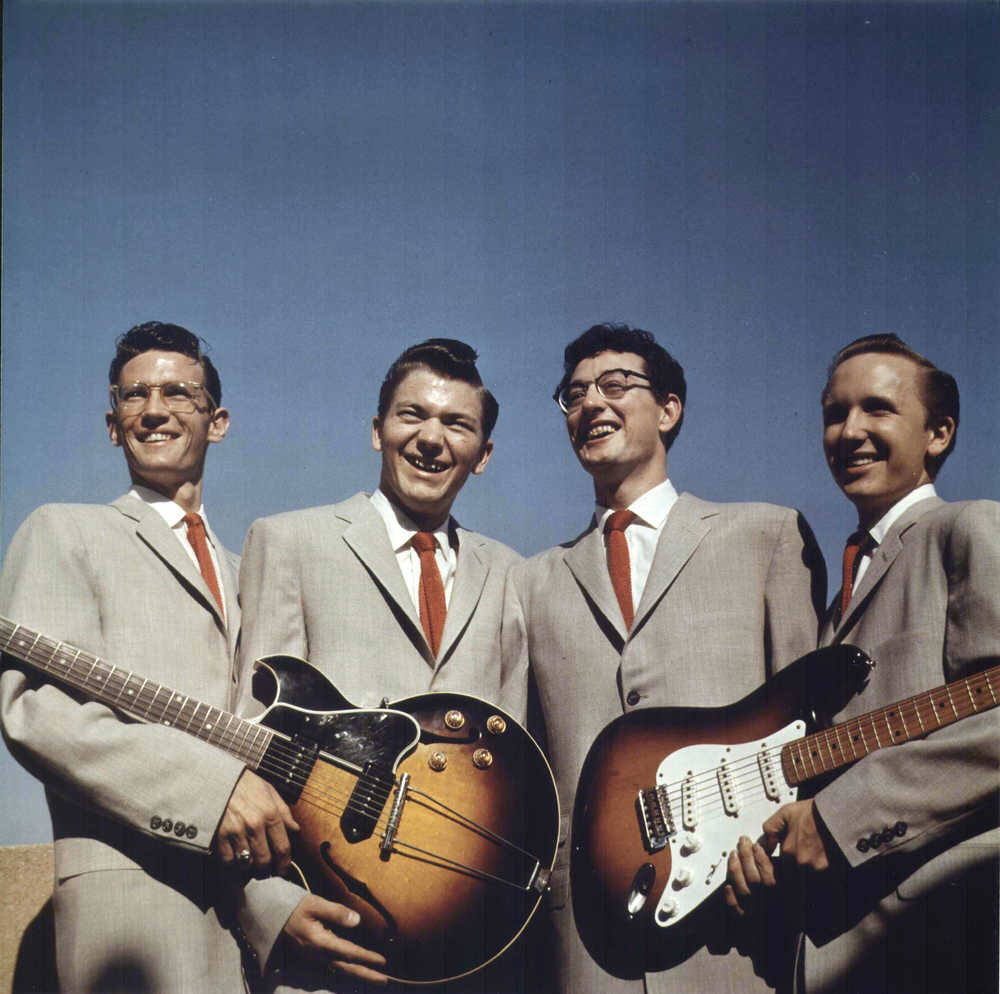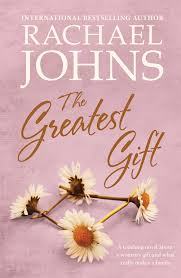 By the autumn, 1957 had proved to be an important year in the music charts, but there was more to come. Future My Way songwriter Paul Anka’s Diana was prevented from a 10th week at the top by a new group known as The Crickets, led by the unassuming bespectacled figure Buddy Holly
By the autumn, 1957 had proved to be an important year in the music charts, but there was more to come. Future My Way songwriter Paul Anka’s Diana was prevented from a 10th week at the top by a new group known as The Crickets, led by the unassuming bespectacled figure Buddy Holly
Born Charles Hardin Holley in Lubbock, Texas in 1936, he was born into a musical family and learned to sing and play guitar at a young age, drawing from diverse influences including gospel and country. It soon became apparent he was very talented, and Holly appeared on local television in 1952. Three years later he was opening for rock’n’roll figureheads Elvis Presley and Bill Haley & His Comets. The following year he recorded an album of rockabilly with his new band, Buddy and the Two Tones for Decca. The album was unsuccessful and Holly wasn’t happy with the sound he achieved with producer Owen Bradley. He decided to head to New Mexico to record demos with Norman Petty. To avoid legal problems, a new name was needed for the group. They considered calling themselves The Beetles, but settled on The Crickets. With Buddy Holly on vocals and lead guitar, rhythm guitarist Niki Sullivan, Joe B. Mauldin as bassist and Jerry Allison on drums, their resulting popularity helped define the classic four-piece band line-up. Much happier with the results under Petty, they decided to release the new version of That’ll Be the Day as a single. Although written by Holly and Allison, Petty insisted on a writing credit too.https://youtu.be/RU769ErbfxU
It’s perhaps hard now to understand the impact That’ll Be the Day had in 1957. Much like Elvis and skiffle, it proved so influential, but unlike, say, Lonnie Donegan’s Cumberland Gap, it has aged, and is perhaps more comparable to Elvis’s All Shook Up – a little mannered and safe (the stuttering vocals can irritate), but a sign of great promise to come. It still has some charm however, and the final line ‘That’ll be the day when I die’ is still eerily prescient.
For an all-too-brief time though, the only way was up for Buddy Holly. He began churning out hits, and his name soon got top billing on Crickets material. His horn-rimmed glasses became hugely popular with teenagers, and future music legends John Lennon, Paul McCartney, Bob Dylan, and Mick Jagger, to name but a few, were listening intently. Holly had one more number 1 to come, as a solo artist, but sadly he wasn’t around to enjoy it.
During That’ll Be the Day‘s three-week run at the top, on 15 November, flying boat City of Sydney crashed into a disused chalk pit on the Isle of Wight. The Aquila Airways Solent crash was at the time the worst ever air disaster to happen on English soil, killing 45 people.
Written by: Jerry Allison, Buddy Holly & Norman Petty
Weeks at number 1: 3 (1-21 November)
Deaths:
Architect William Haywood – 4 November
Share this:




![[178].png](/ai/061/918/61918.png)